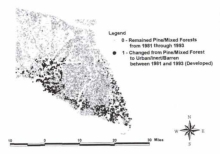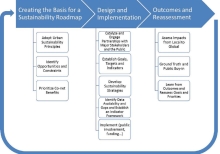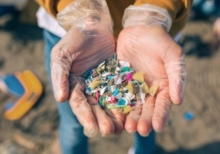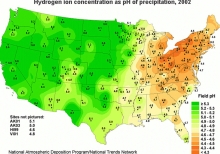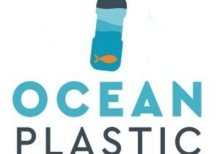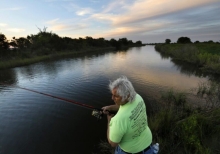Predicting The Urbanization Of Pine And Mixed Forests In Saint Tammany Parish, Louisiana
St. Tammany Parish, Louisiana, has experienced tremendous urbanization, resulting in the loss of timberland. This study's objectives were to develop a model using parish-level data that estimates the probability of urban development in a pine or mixed forest parcel, and to identify the parcels most likely to be developed. The geographic data sets used include satellite imagery from 1981 and 1993, U.S. Census data, population growth estimates from the St. Tammany Parish Government, and road coverages.
